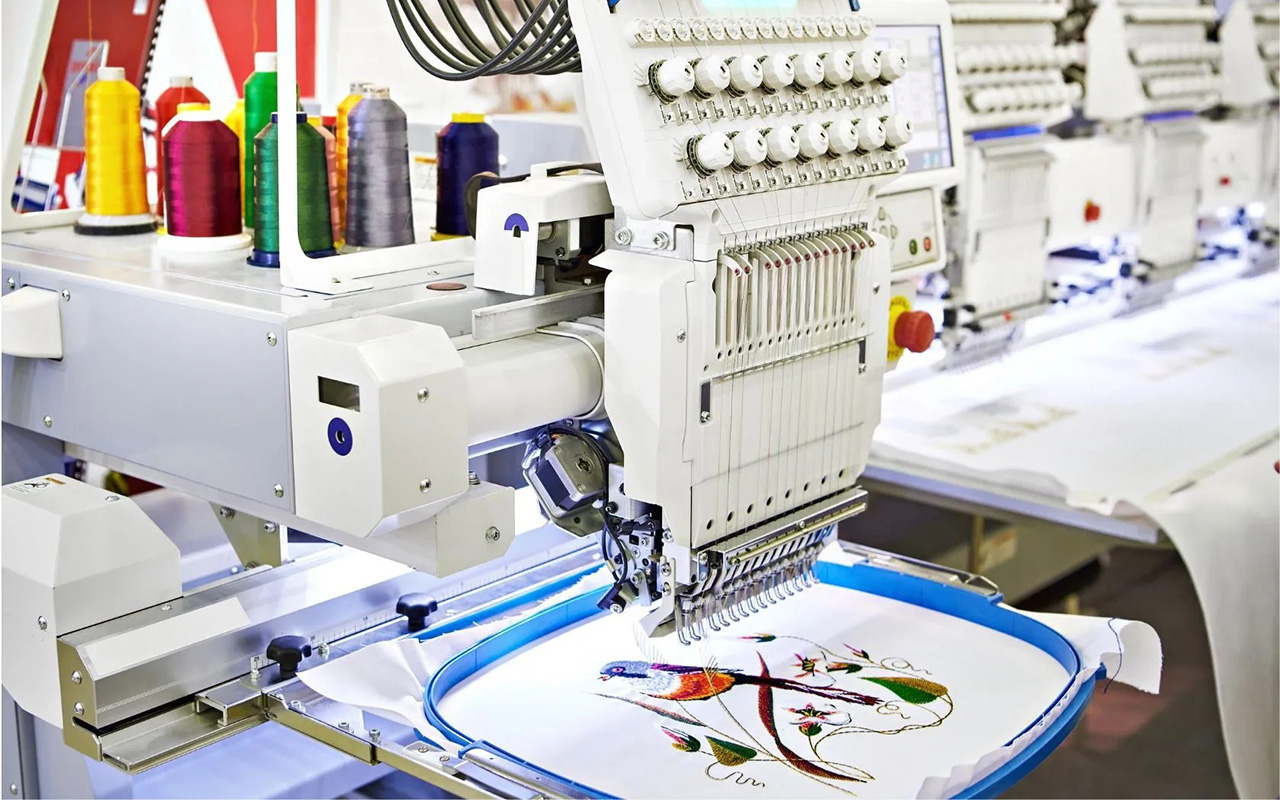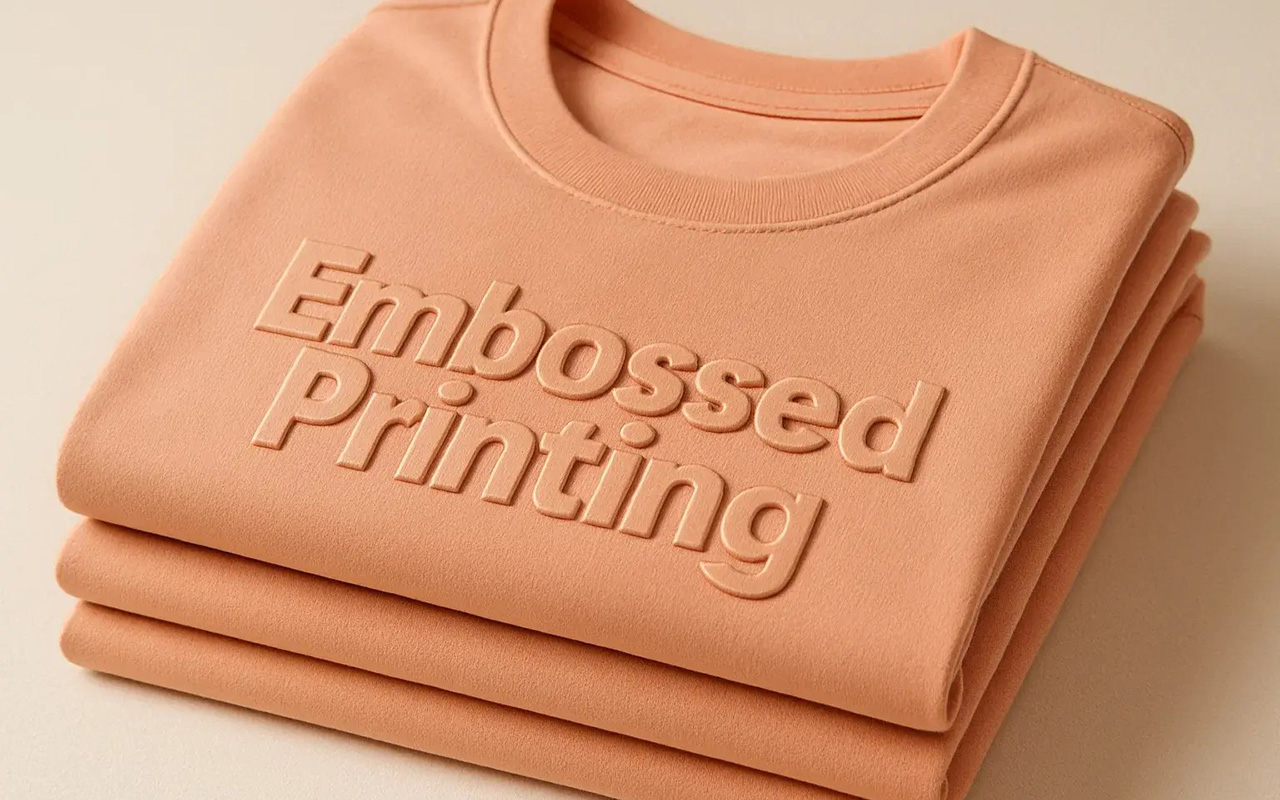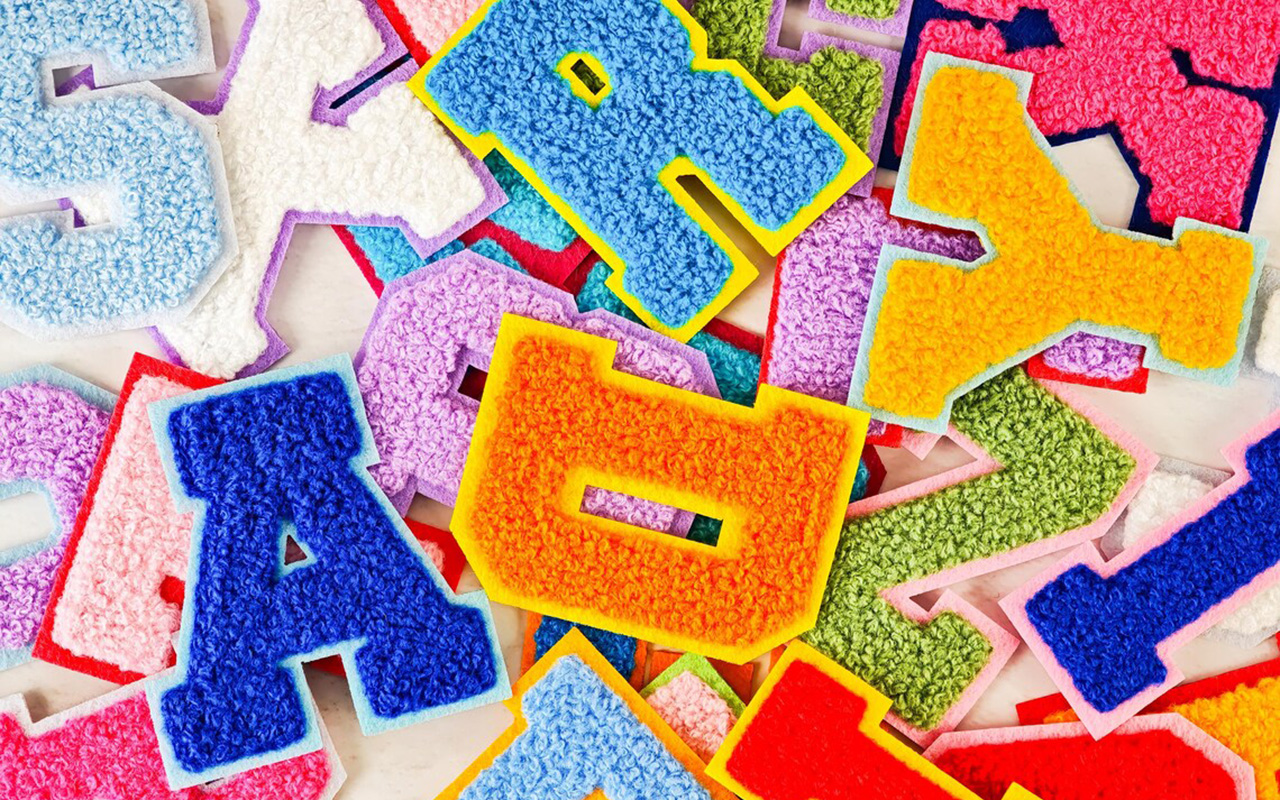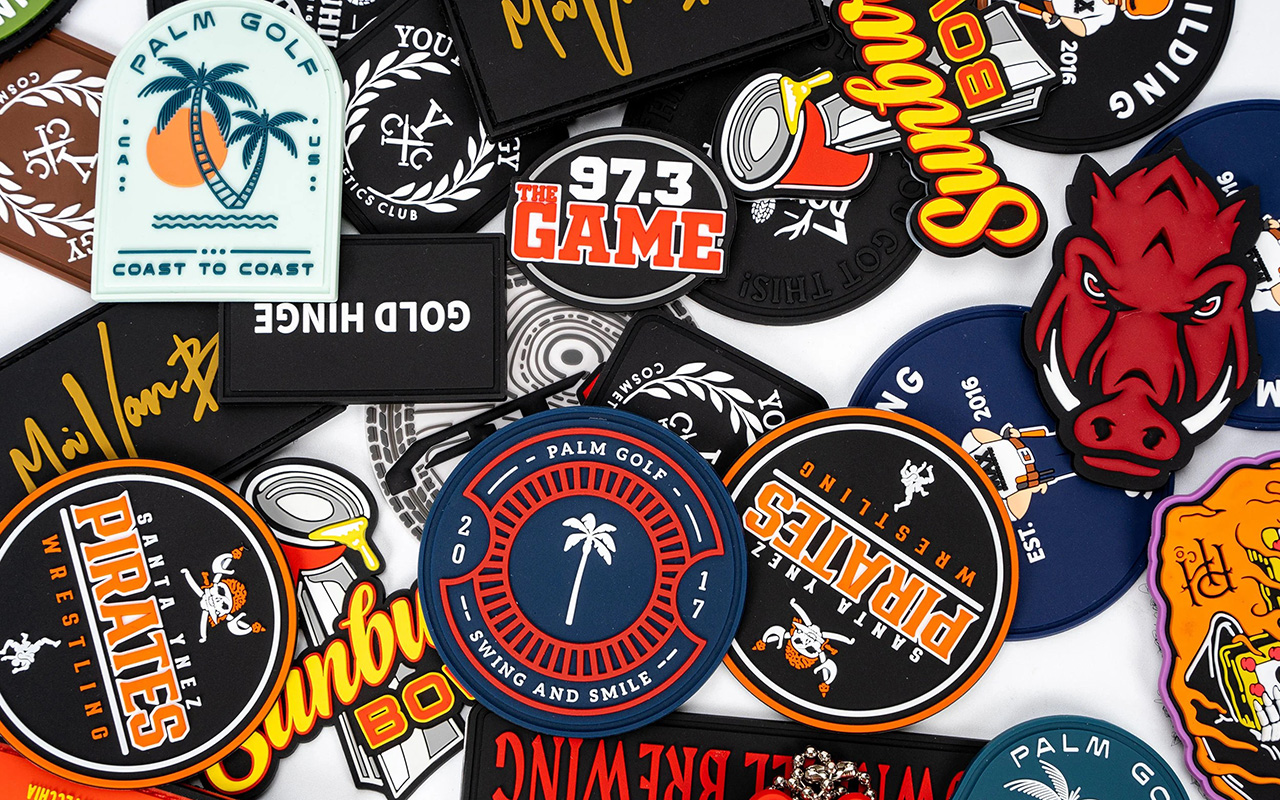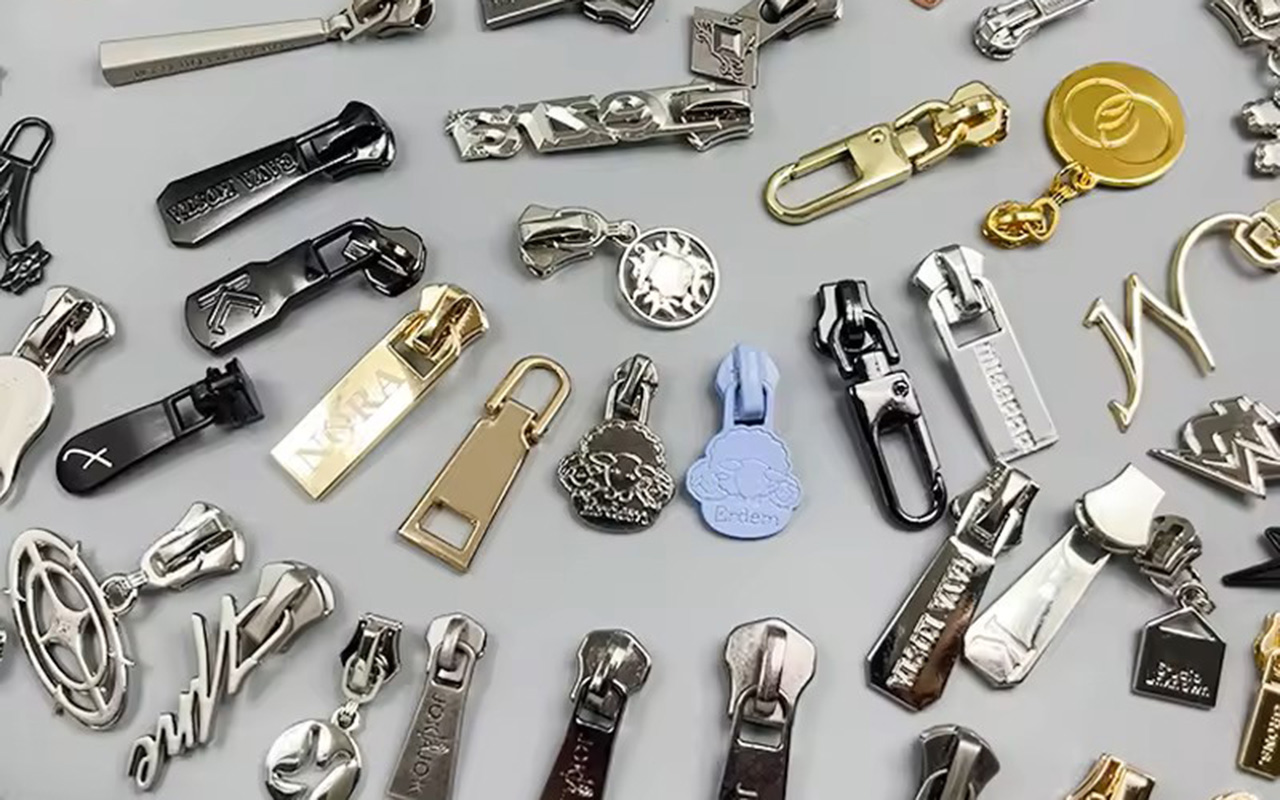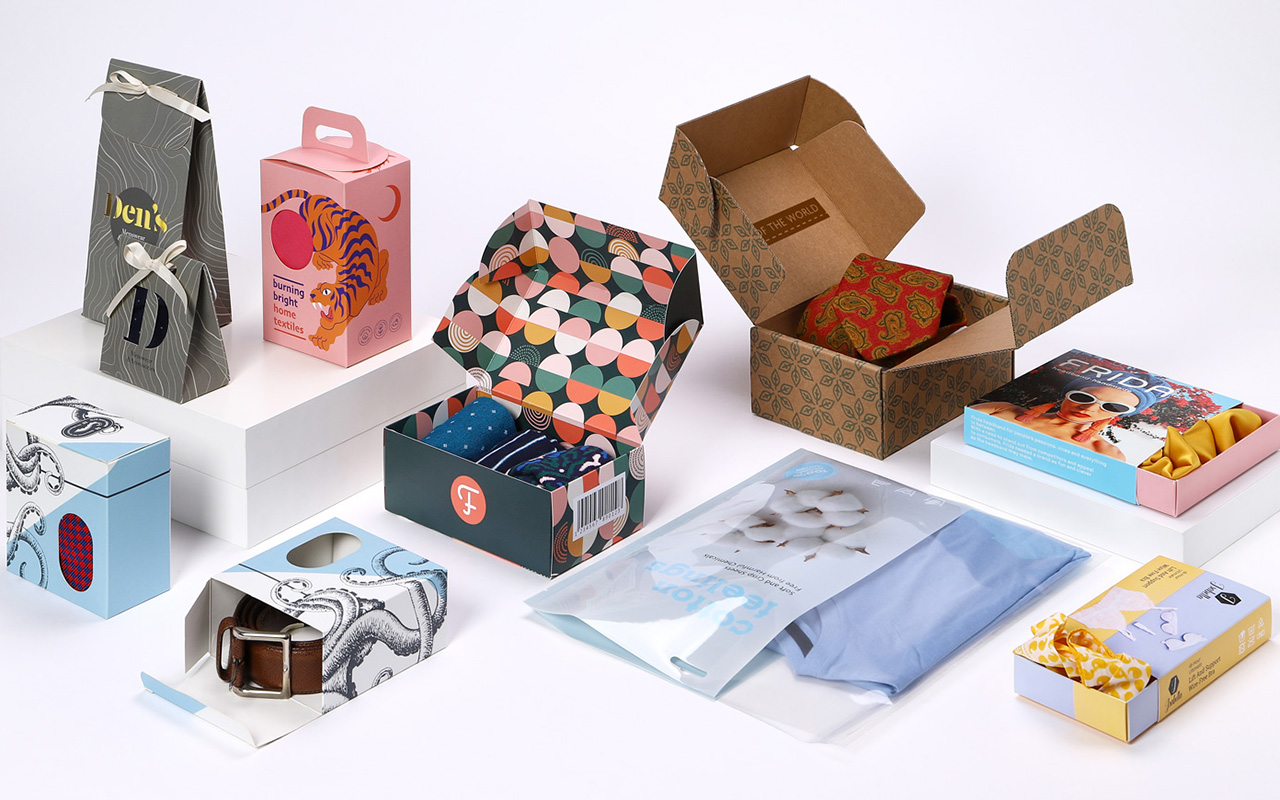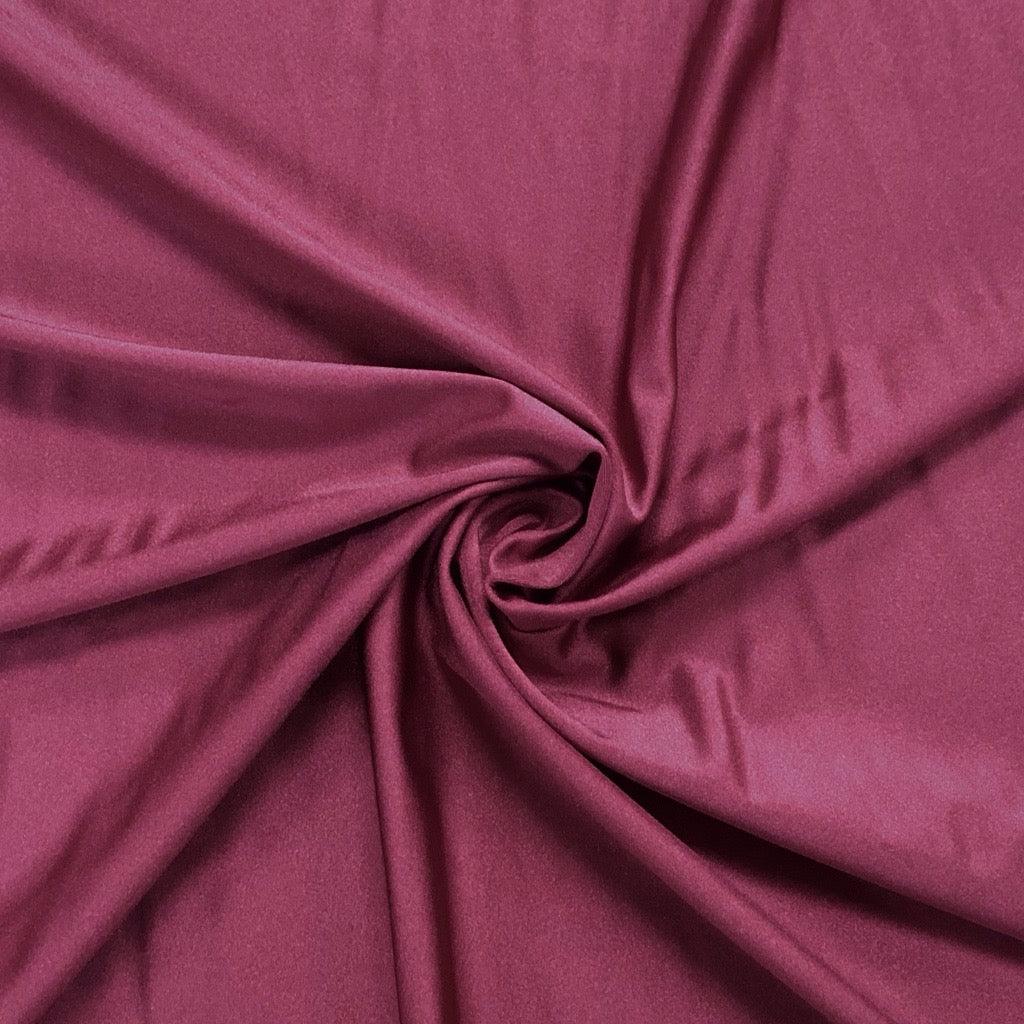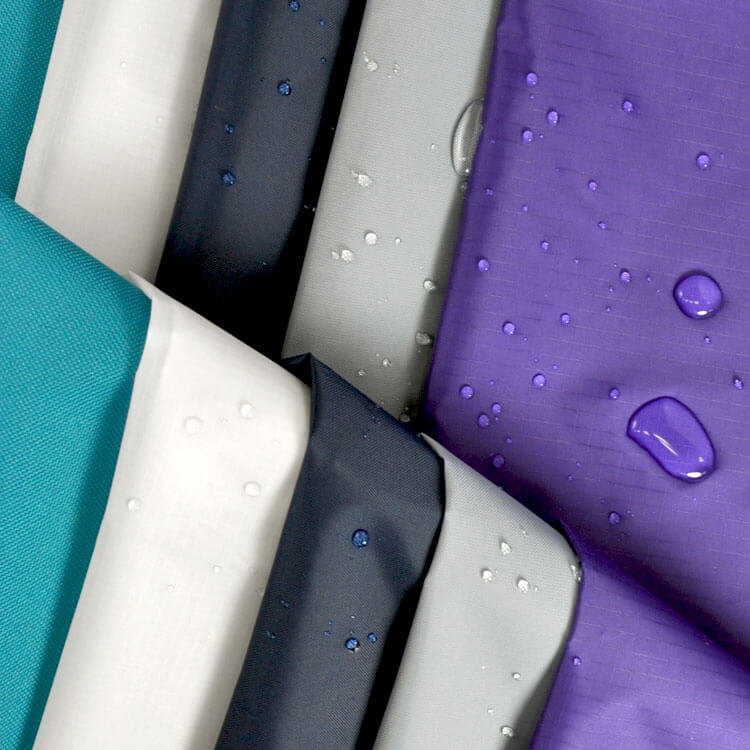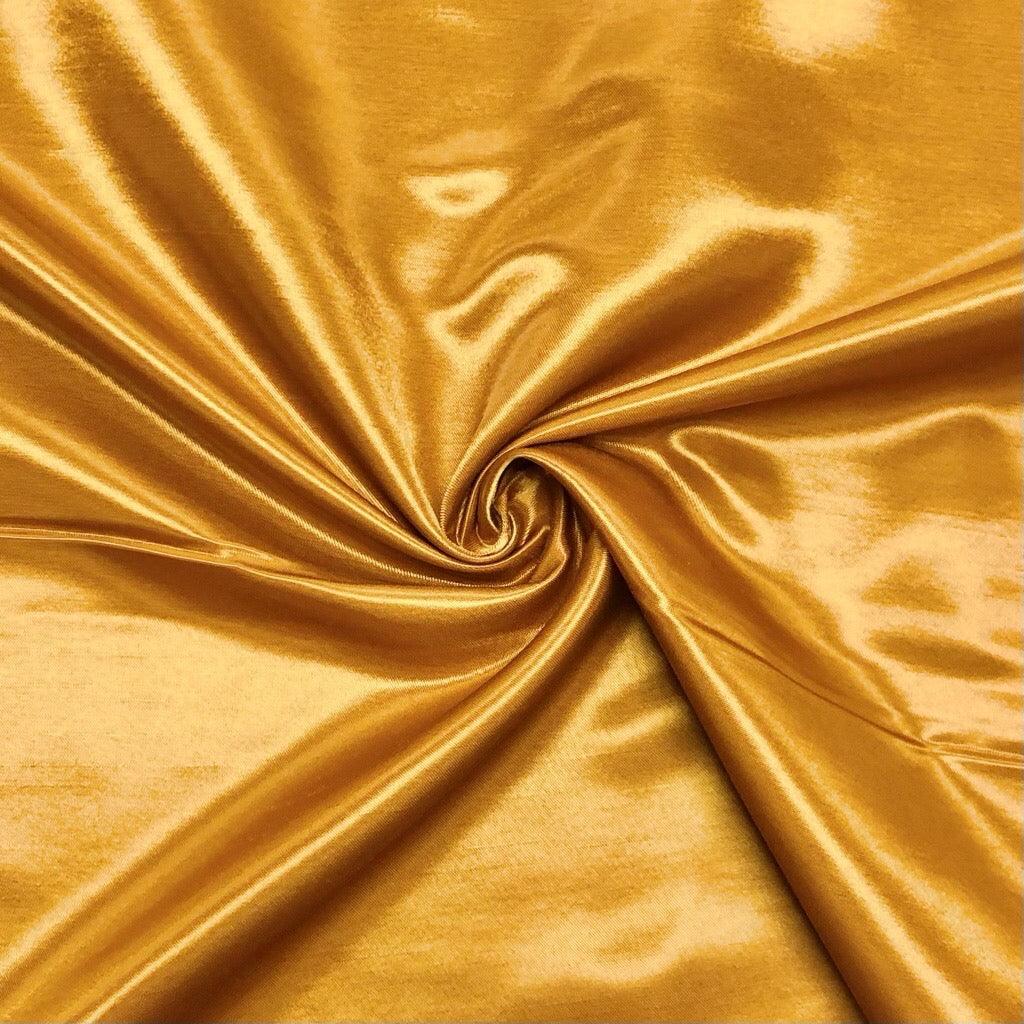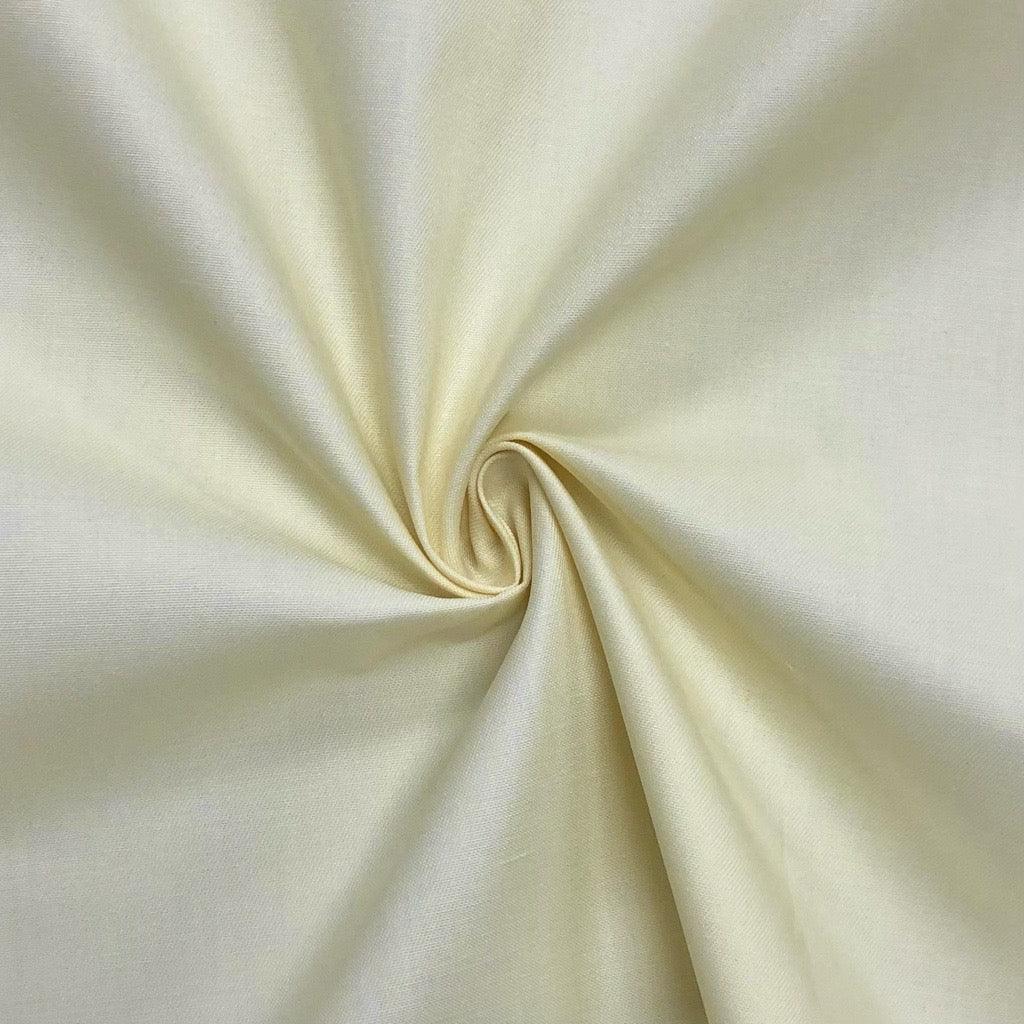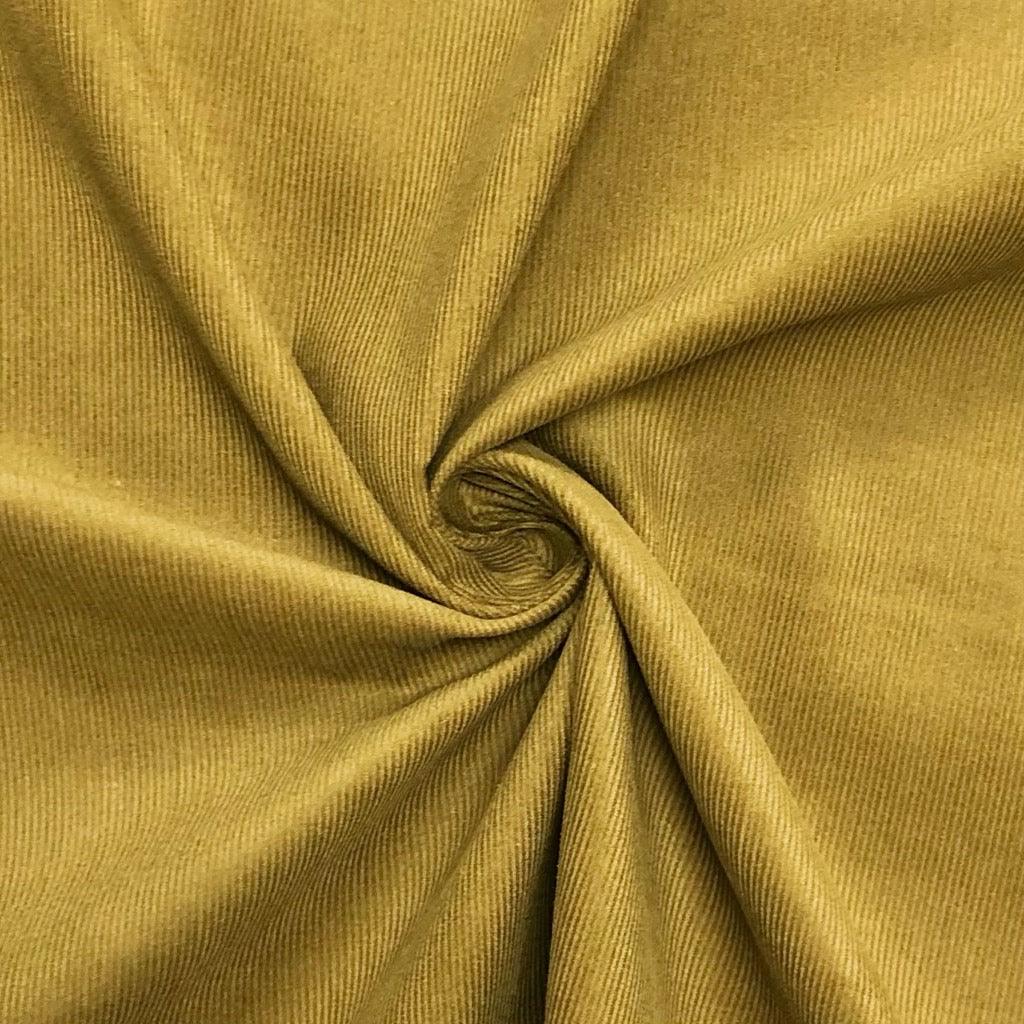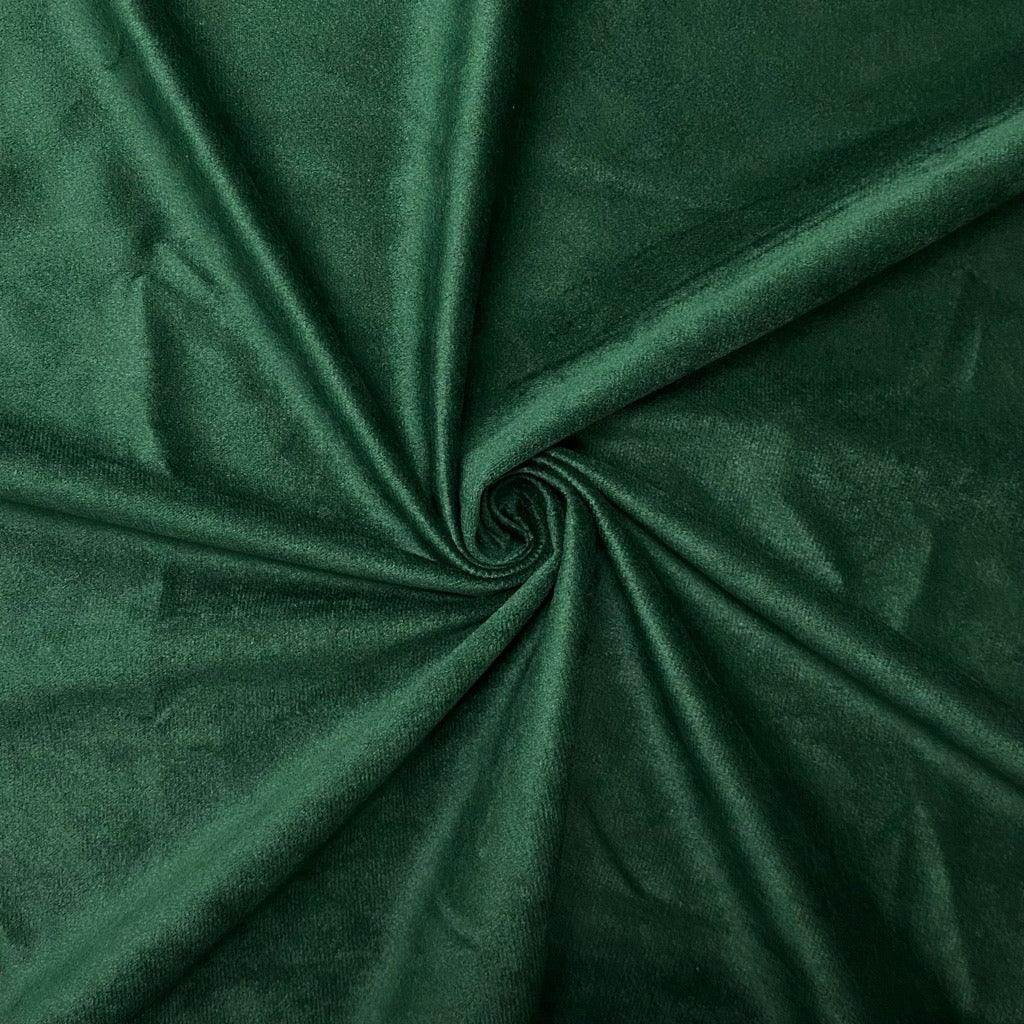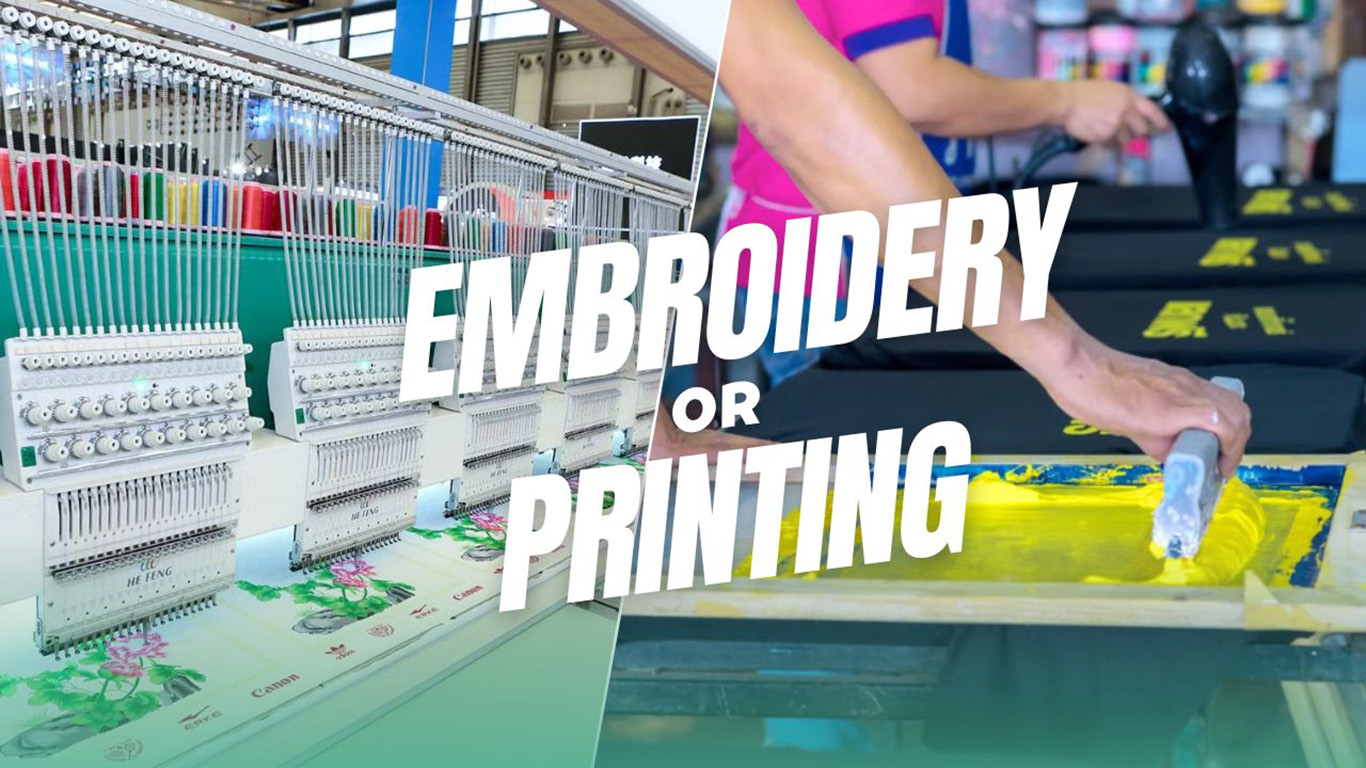When it comes to customizing clothing with your logo, artwork, or branding — two main techniques dominate the apparel industry: embroidery and printing. But which one is best for your product, purpose, and budget?
Let’s break down both options to help you make the right decision for your brand.
What is Embroidery?
Embroidery involves stitching a design directly onto fabric using threads. It’s often associated with a premium, long-lasting finish.
Best For:
Polos, caps, jackets, uniforms, hoodies
Logos and small artwork
Professional or luxury feel
Pros:
✔ Durable and long-lasting
✔ High-end appearance
✔ Doesn’t fade or crack
✔ Adds texture and dimension
Cons:
✘ Not ideal for complex, photo-like designs
✘ Higher cost for large or detailed artwork
✘ Can feel heavy on lightweight fabrics
What is Printing?
Printing is the process of applying ink or other materials to the surface of fabric. There are several types of printing, including screen printing, DTG (Direct-to-Garment), sublimation, and heat transfer.
Best For:
T-shirts, sweatshirts, fashionwear
Large, colorful, or detailed designs
Trendy or casual collections
Pros:
✔ Cost-effective for large orders
✔ Great for detailed and colorful artwork
✔ Works on a wide variety of fabrics
✔ Softer finish, especially with water-based inks
Cons:
✘ May fade or crack over time (depending on method)
✘ Less textured or dimensional than embroidery
✘ Durability varies with washing and wear
When to Choose Embroidery
Go with embroidery if:
You want a high-end, professional finish
Your design is simple and logo-based
You’re customizing outerwear, caps, or uniforms
Durability is your top priority
When to Choose Printing
Opt for printing if:
You need colorful or photo-like artwork
You're customizing casualwear or streetwear
You want to produce large graphics cost-effectively
You value creative flexibility
Final Thoughts
There’s no one-size-fits-all answer. Both embroidery and printing offer unique benefits depending on your design, garment type, budget, and brand image.
Many brands even combine both methods in their collections. If you're unsure which is best for your product, feel free to chat with our team — we’ll guide you to the right solution.
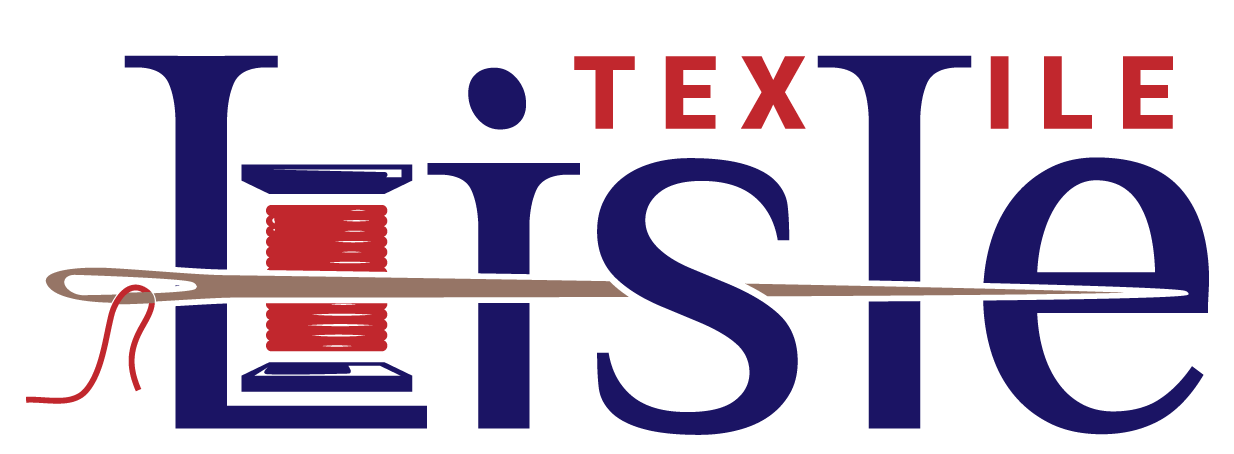
 Streetwear
Streetwear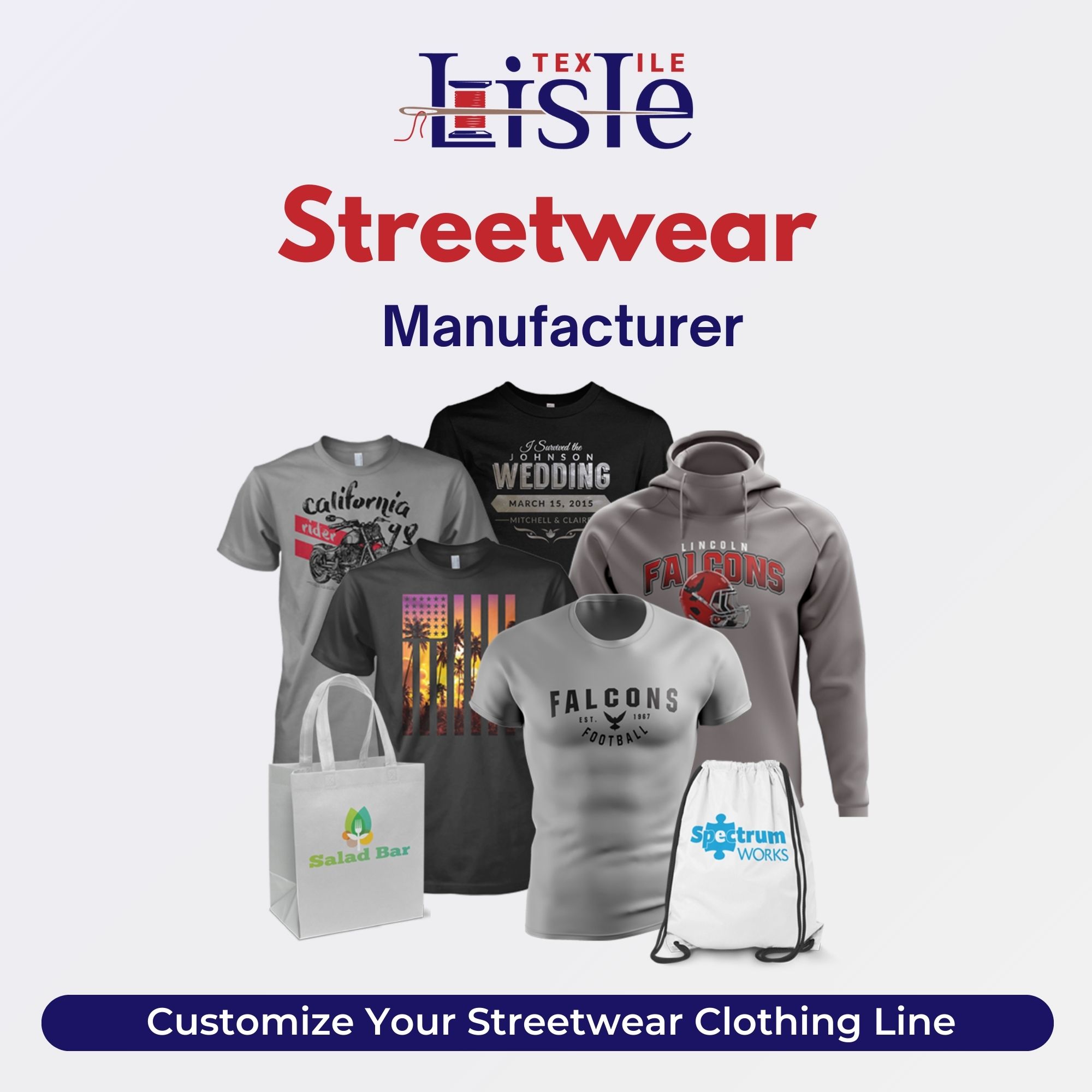
 Sportswear
Sportswear
 Activewear
Activewear
 Jackets
Jackets
 Workwear
Workwear

 Accessories
Accessories
 Gloves
Gloves
 Private Labels
Private Labels

